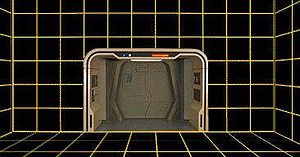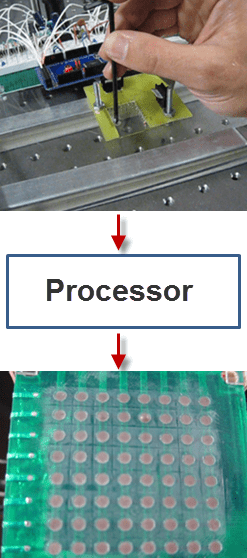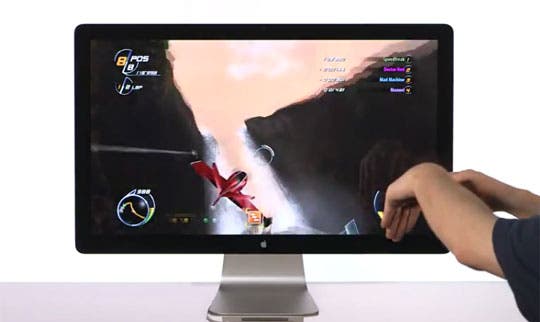
At his recent keynote 2013 Consumer Electronics Show (CES), Las Vegas, Tim Huckaby dazzled the audience with his predictions for the future in user interface and technology. His presentation was initially structured as a showcase of possible developments in the next five years, but Huckaby didn’t stop there and also talked a bit about how technology will evolve even further.
Huckaby – founder and chairman of California-based InterKnowlogy, as well as the current chief executive officer of Actus Interactive Software – believes we’re on the verge of entering an era where what we call today science fiction merges with reality. Some of his most appealing examples of how we will interact with technology in the future, based on decades of work in emerging technology, are: interfaces where doctors manipulate molecules in three-dimensional (3-D) space, augmented music players tune into your thoughts, and retailers deliver coupons in real time based on the focus of your gaze across store shelves.
Imagine a world in retail where my wife has opted in at Nordrom’s, or Macy’s, or something like that to be tracked through the store… We can see what you’re looking at, and we can push a coupon to you. ‘Hey, Kelly, you were in the Seattle Nordstrom’s, and you looked at these cute shoes, but your didn’t buy them. Now you’re in the Las Vegas Nordstrom’s. You’re looking at the exact same shoes. How about 40 percent off if you buy them right now?’ That’s the beauty of retail.
Imagining the future
I don’t know what to think about the above example; might spell spam maddening trouble – still, it does sound interesting. In his second part of his presentation, however, Huckaby really entered the realm of SciFi, the realm of highly possible and scientifically proven SciFi that is. For instance he talks about a “holodeck” (as in Star Trek) into which holographic images are displayed; a legitimate neural-based interface offering a direct pathway between the brain and external devices; and virtual objects that extend into practically every facet of life and that behave much as they would in the natural world.
In the past few years incredible development has been made in brain/external device interface development. For instance, we reported a while ago how a paralyzed woman was able to control a robotic hand with the power of thought, deploying it to serve basic tasks like griping, pulling, pushing, releasing, feeding and so on. Princeton scientists were able to “read the minds” of participants after they developed a technique which analyzes fMRI scans and then correlates it with a known database of brain wave patterns. Even more interesting though, University of California researchers were able to read the minds of participants and project their train of thoughts in video!
In the video below you can watch a 2010 TED talk demonstrating Emotiv’s brainwave-reading machine.
Do these ideas seem far fetched to you? Think a bit about it. You’re probably viewing this article on a handheld device that’s more powerful than the combined power of all supercomputers in the world just 25 years ago. Remember how weird bluetooth devices used to look just ten years ago? What about touch screen interfaces?
via Smart Planet






